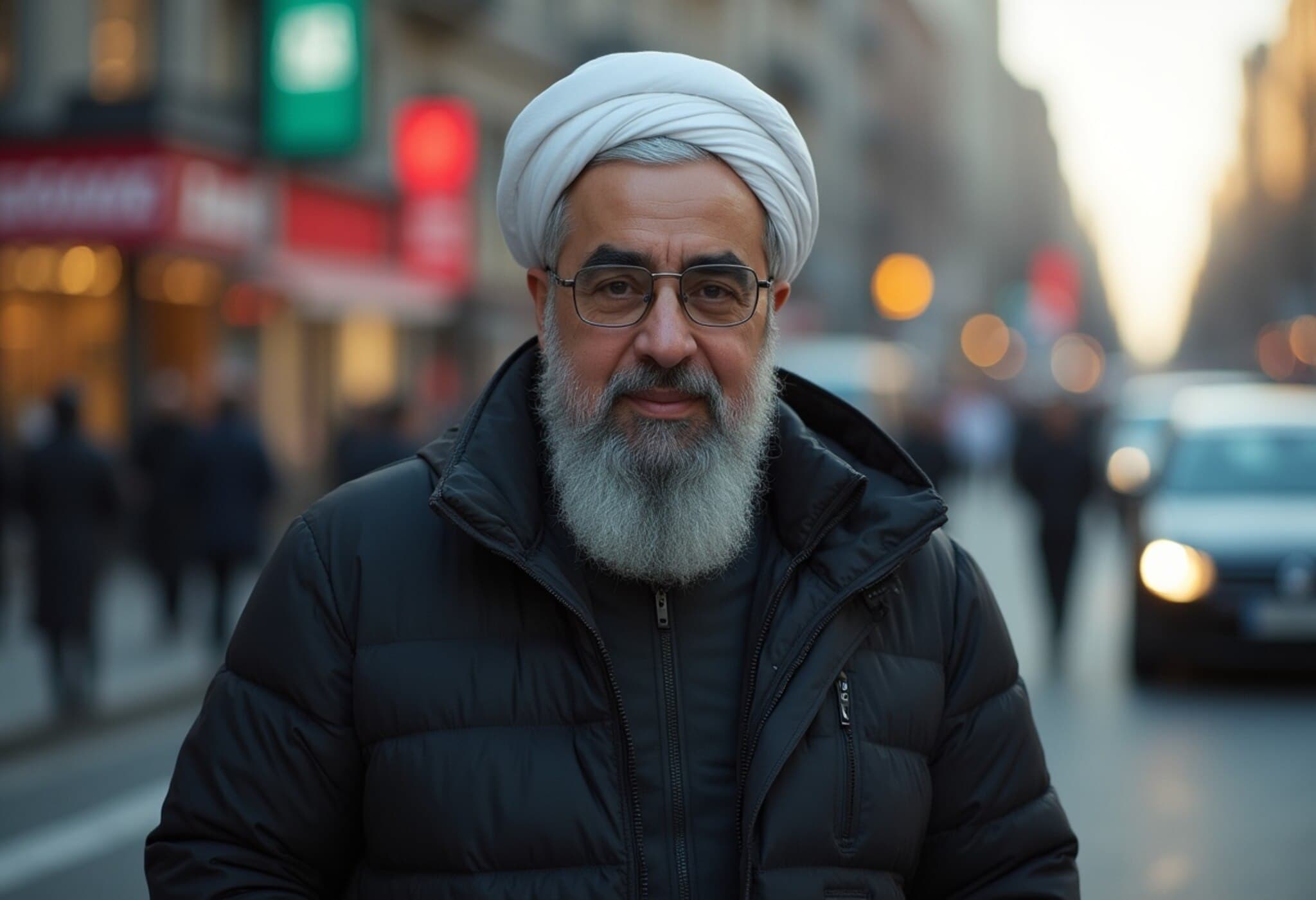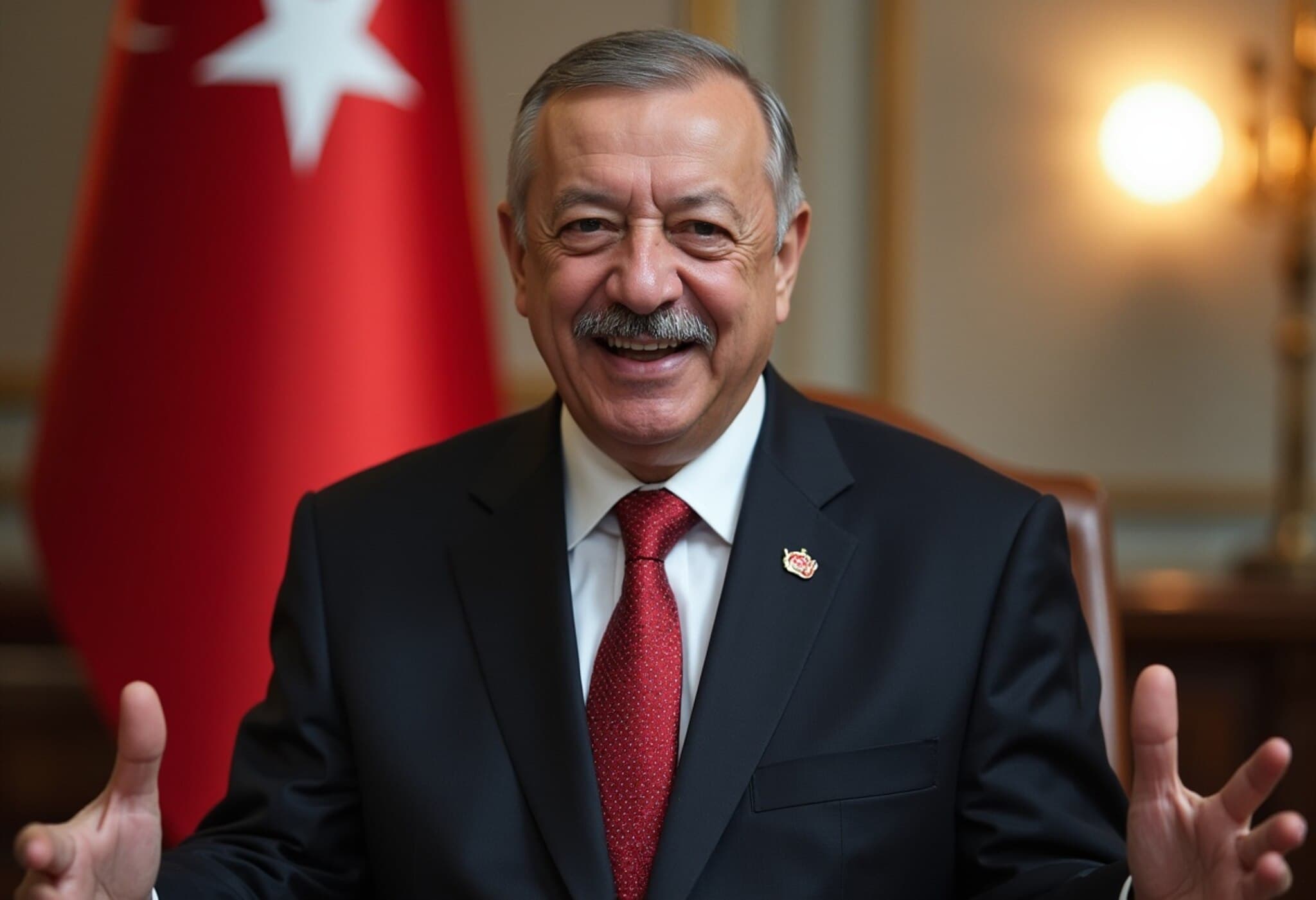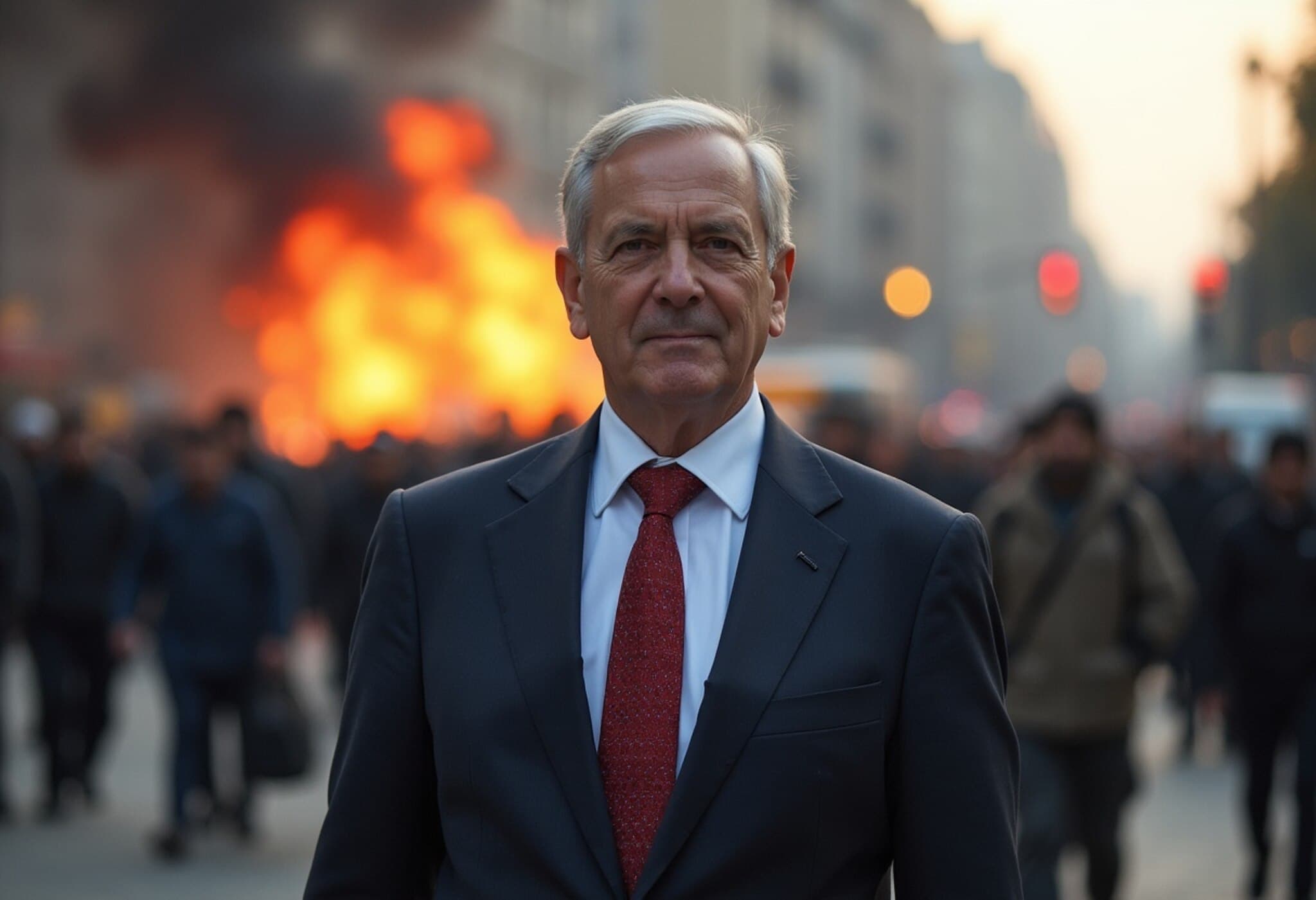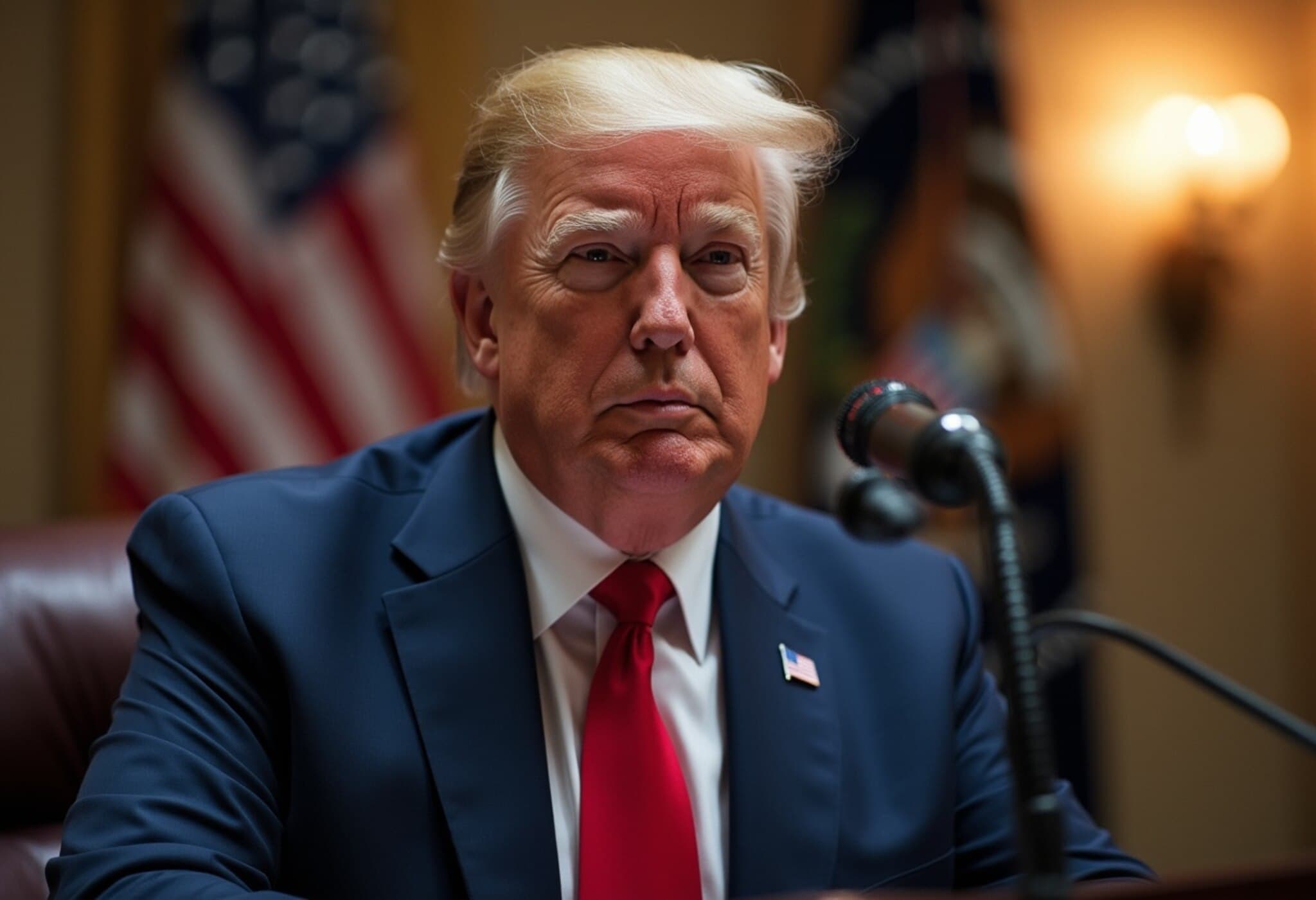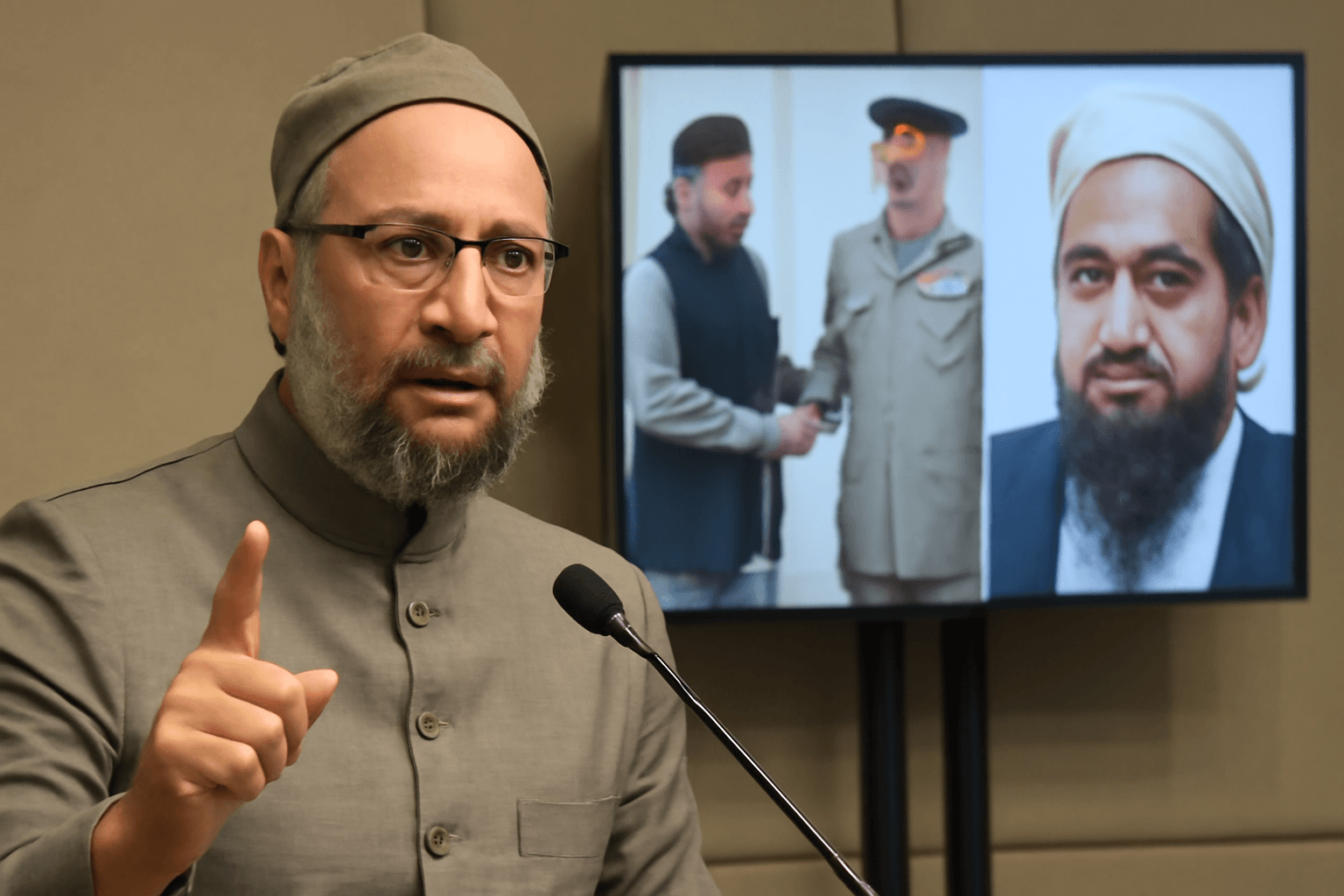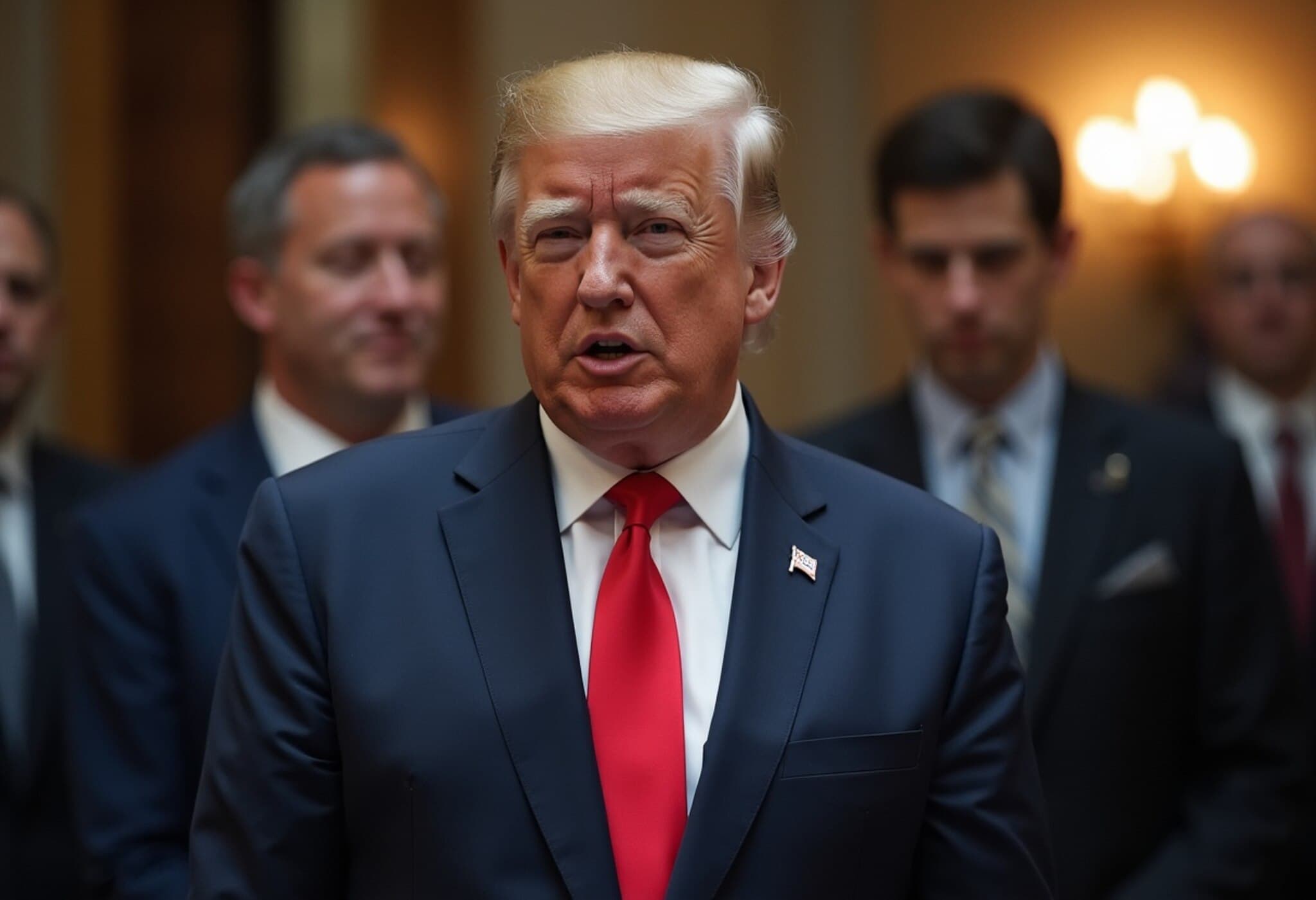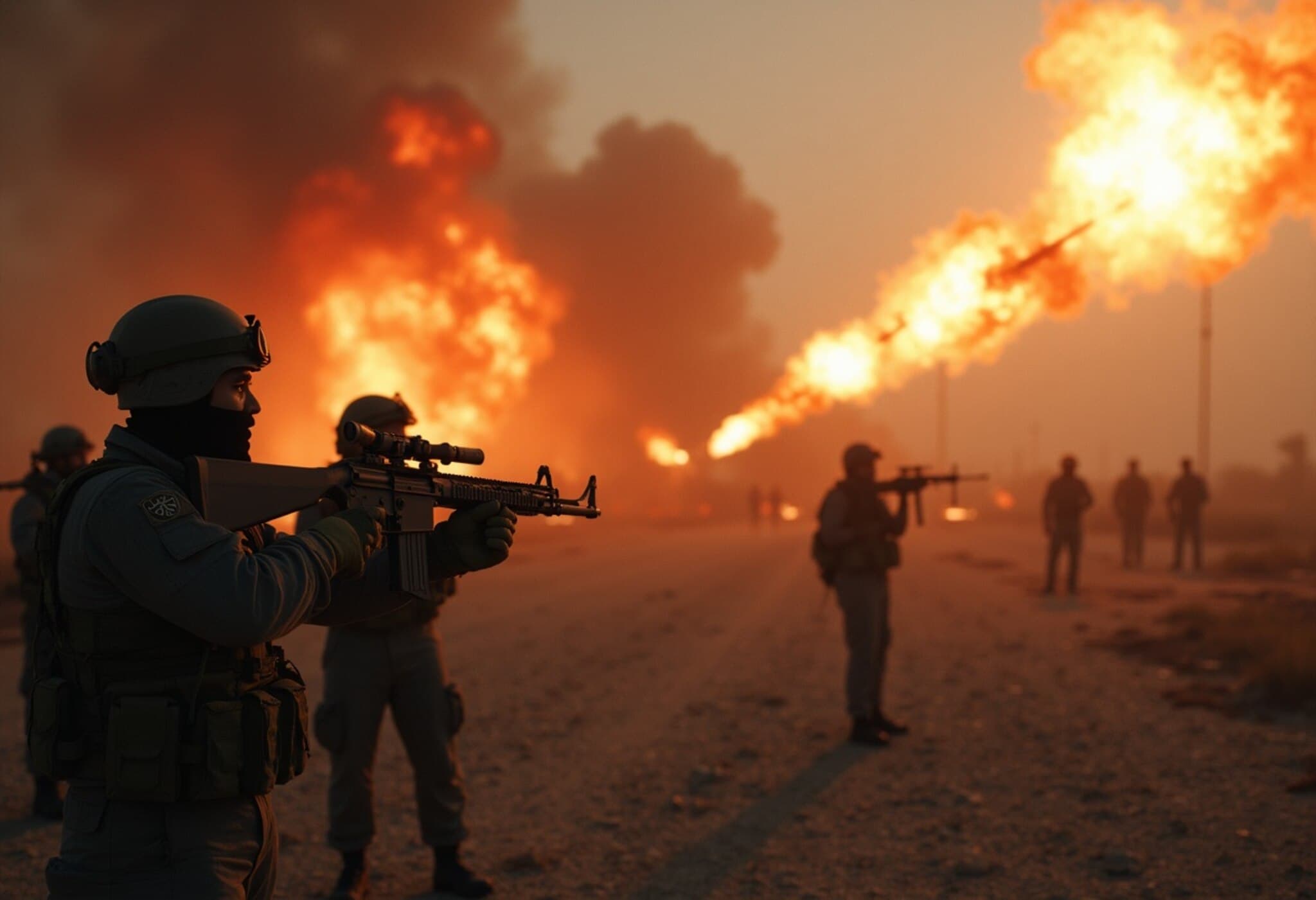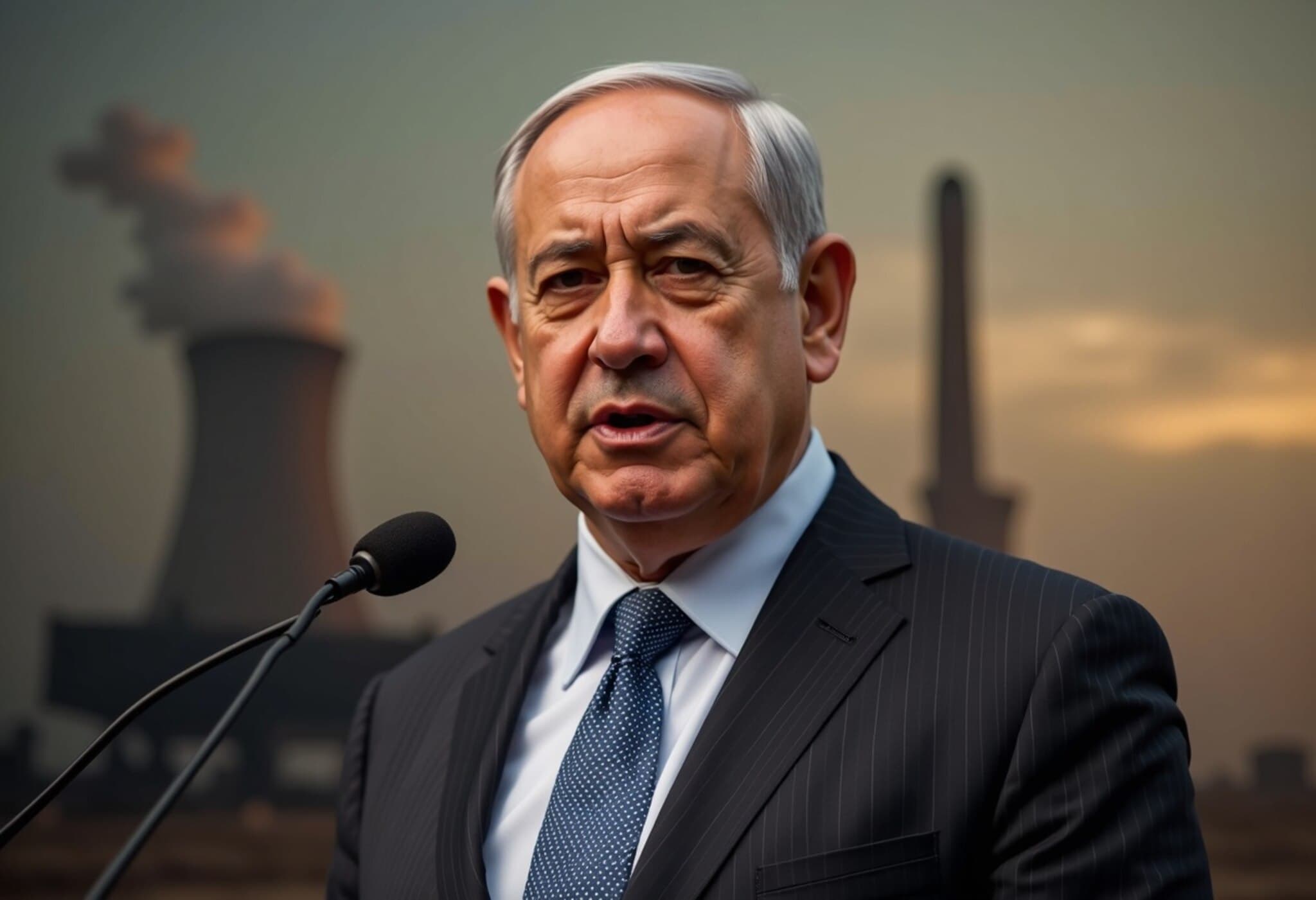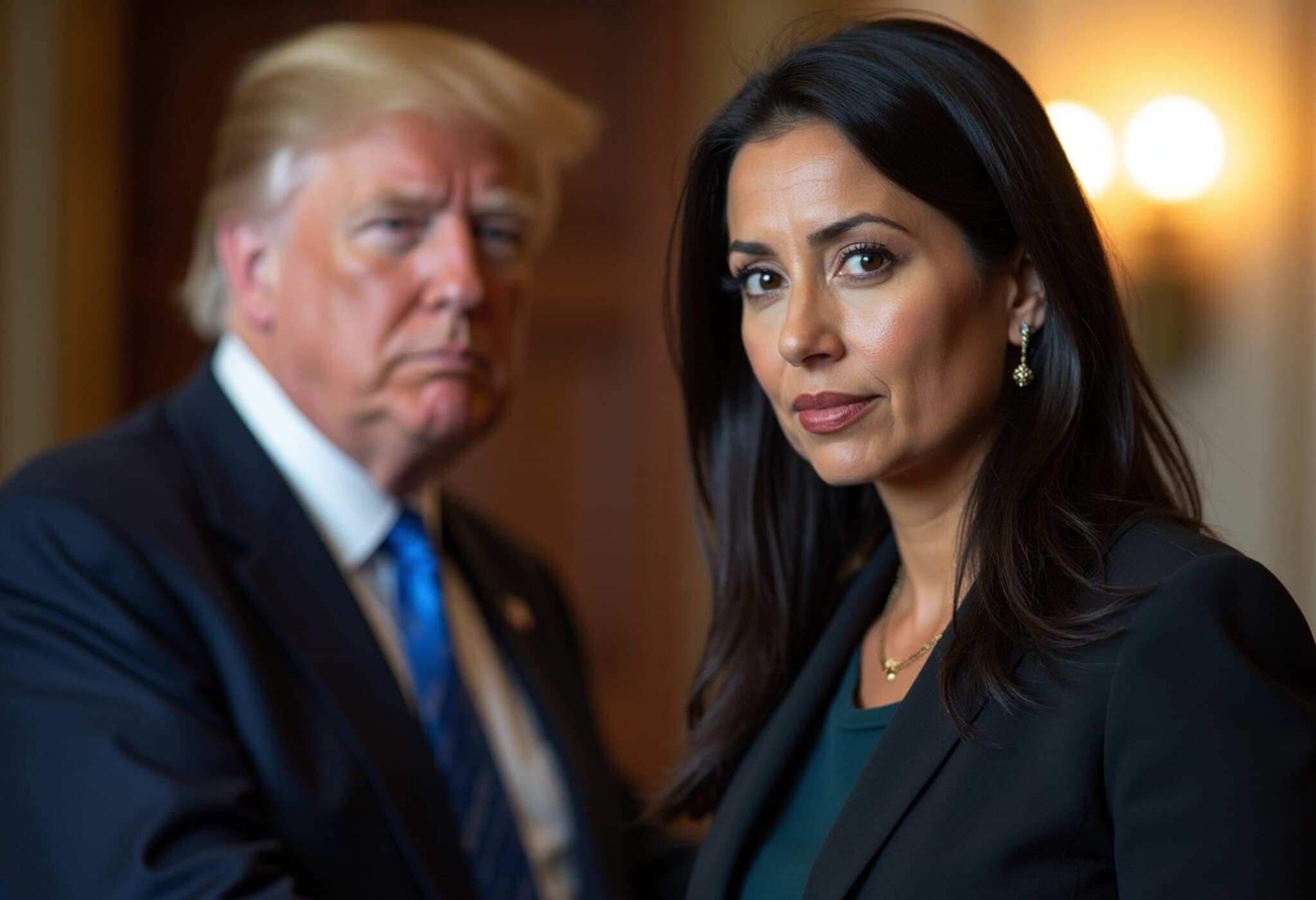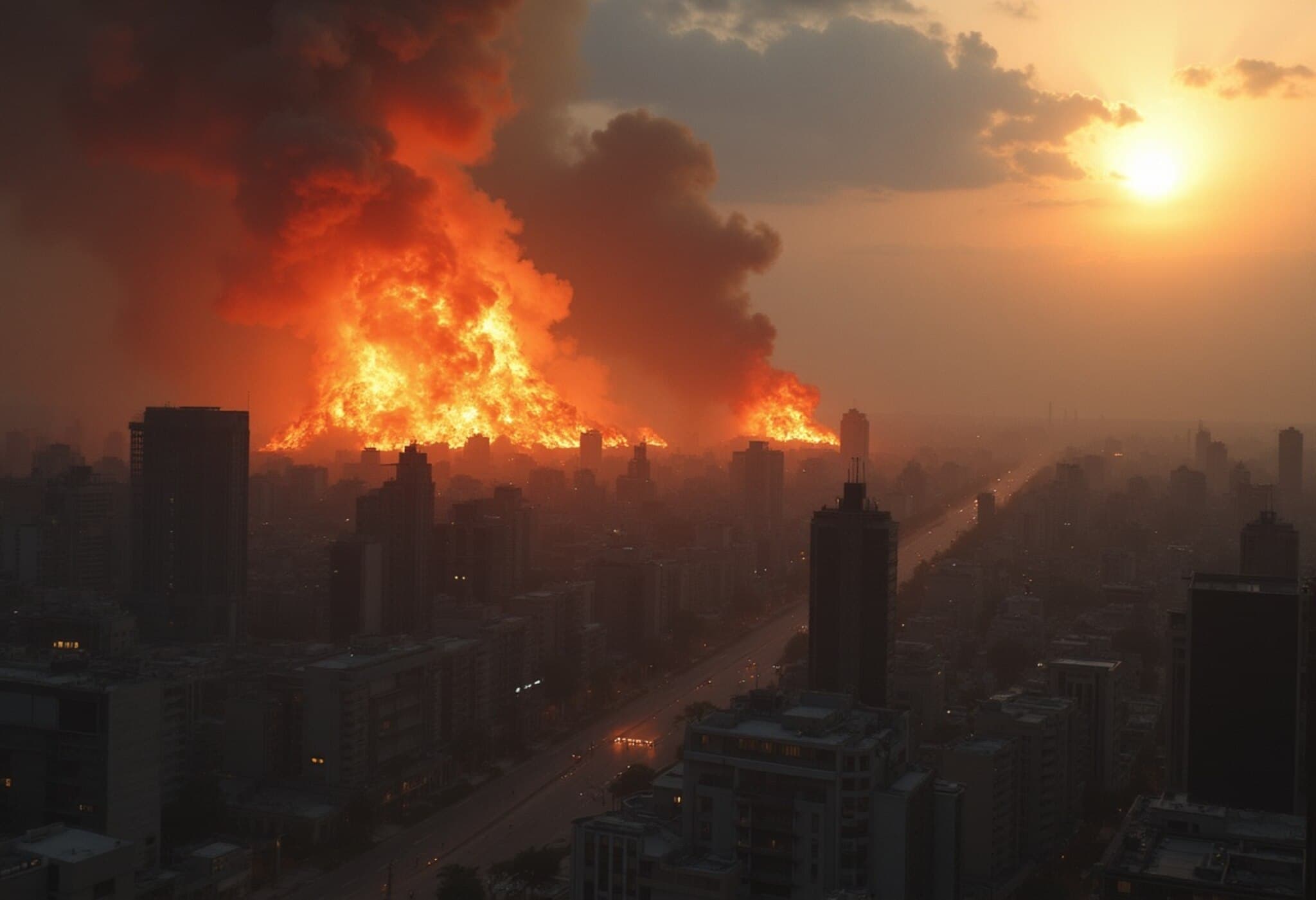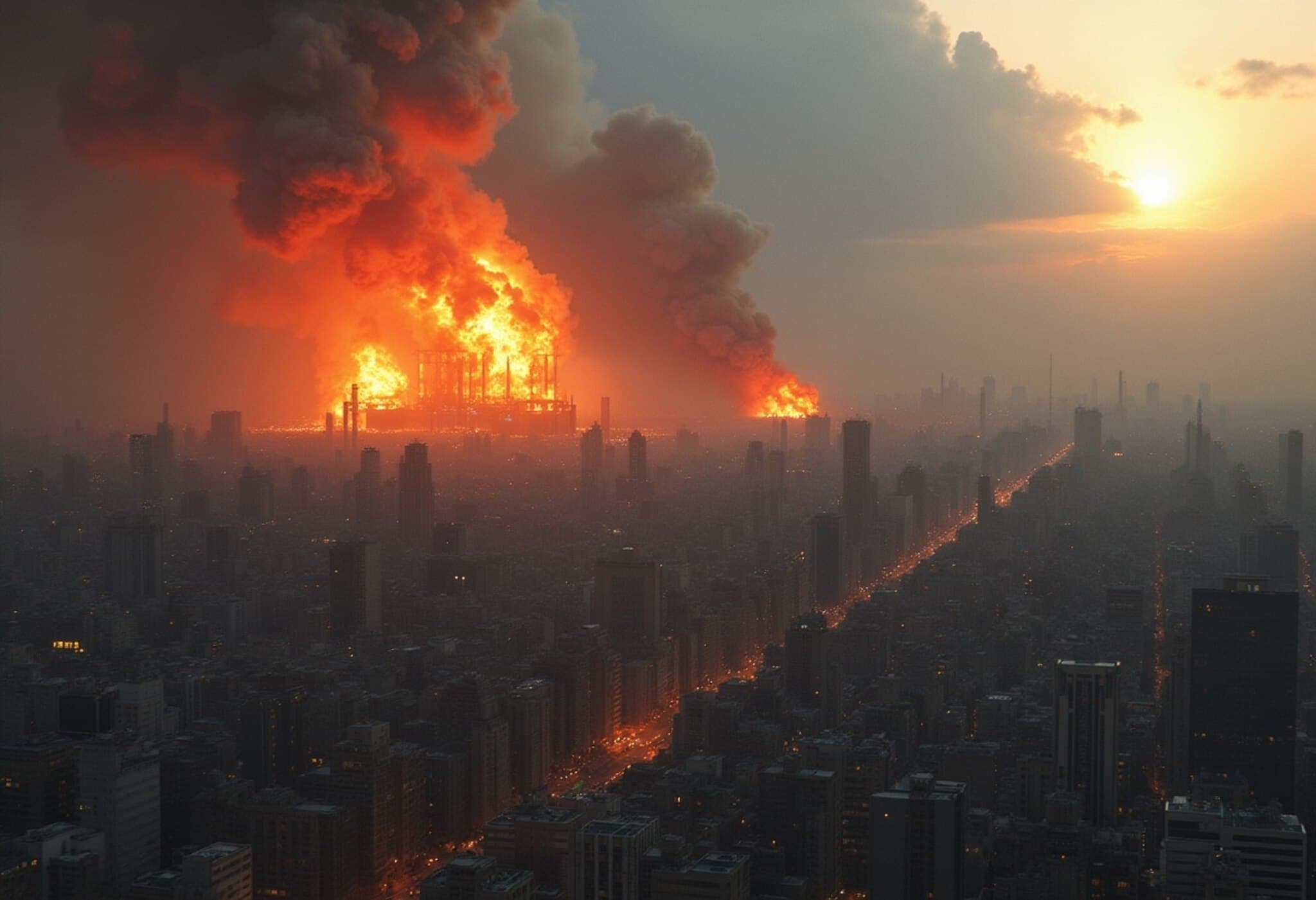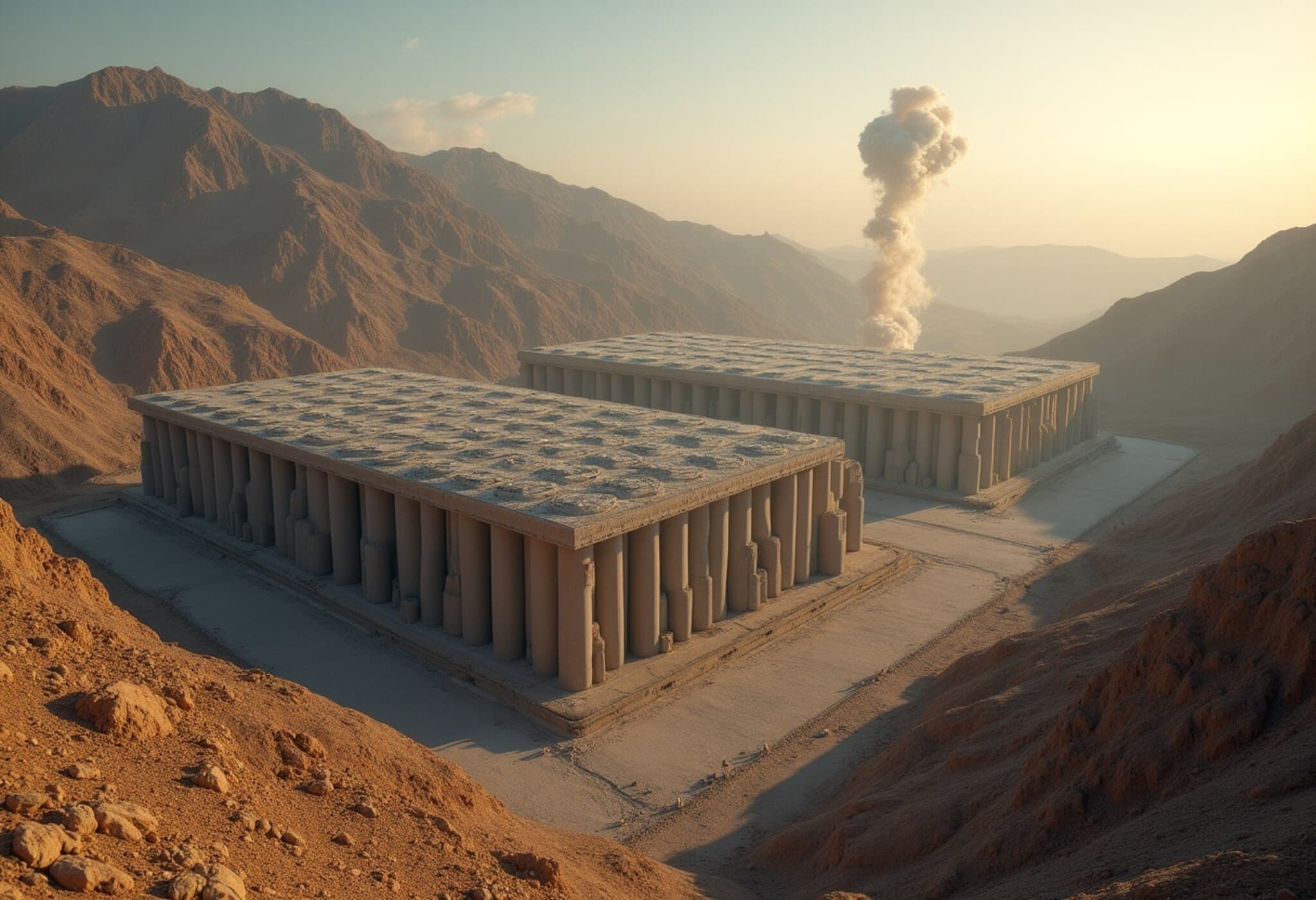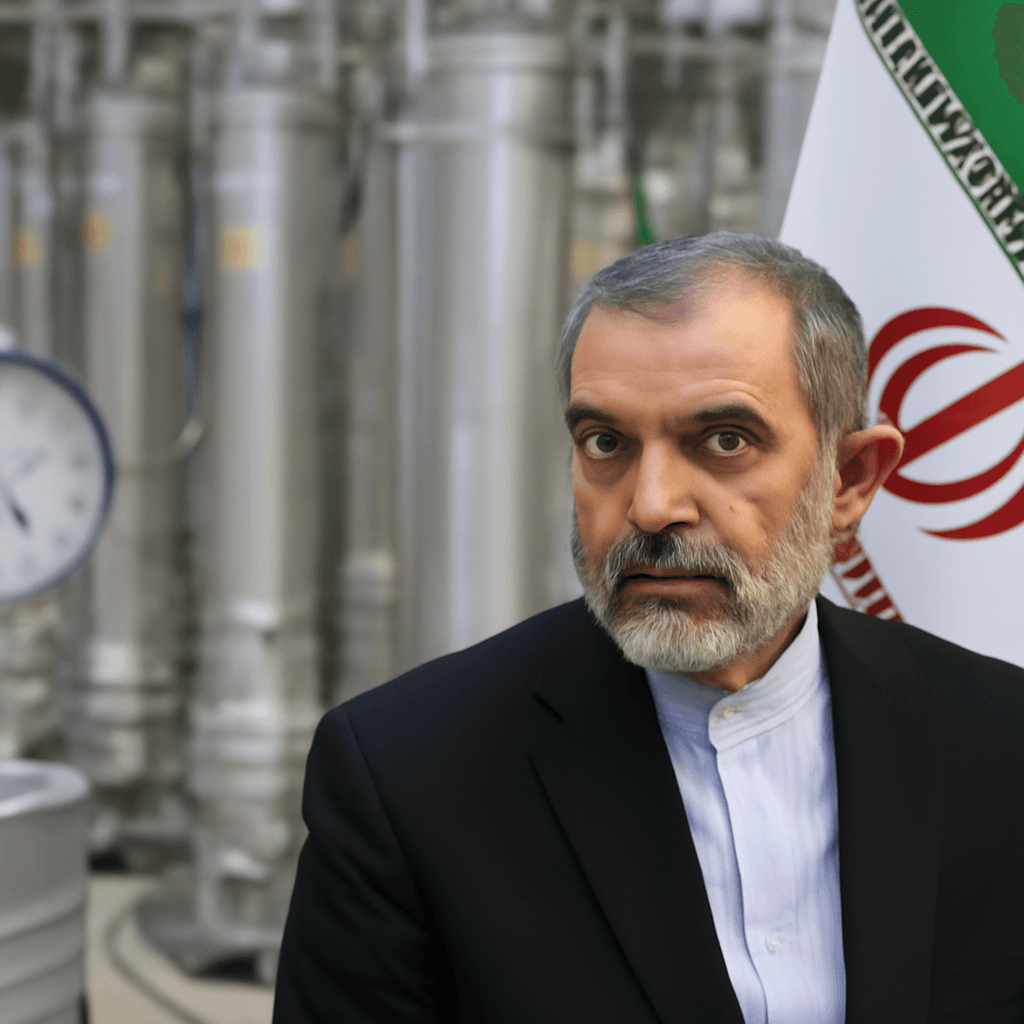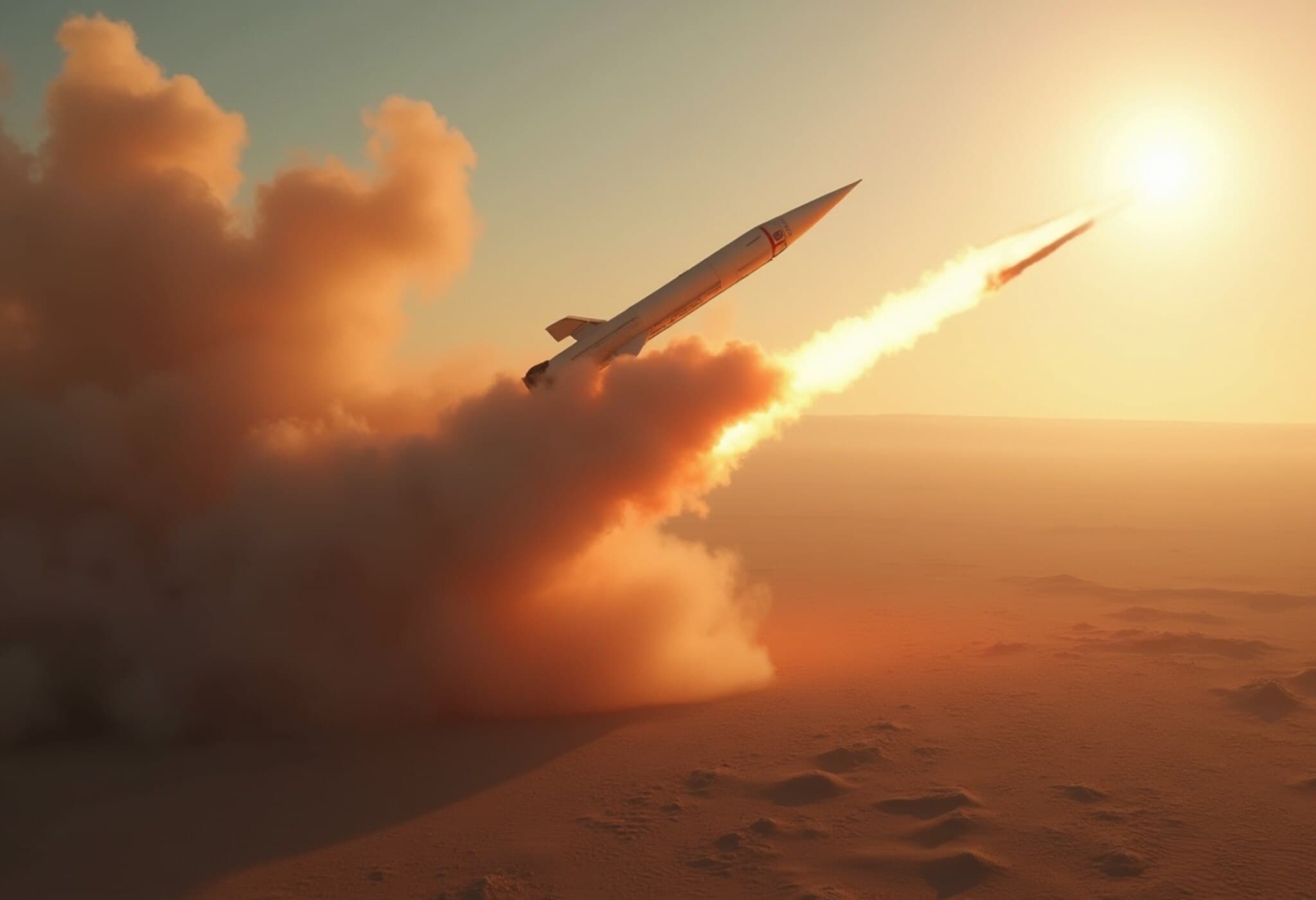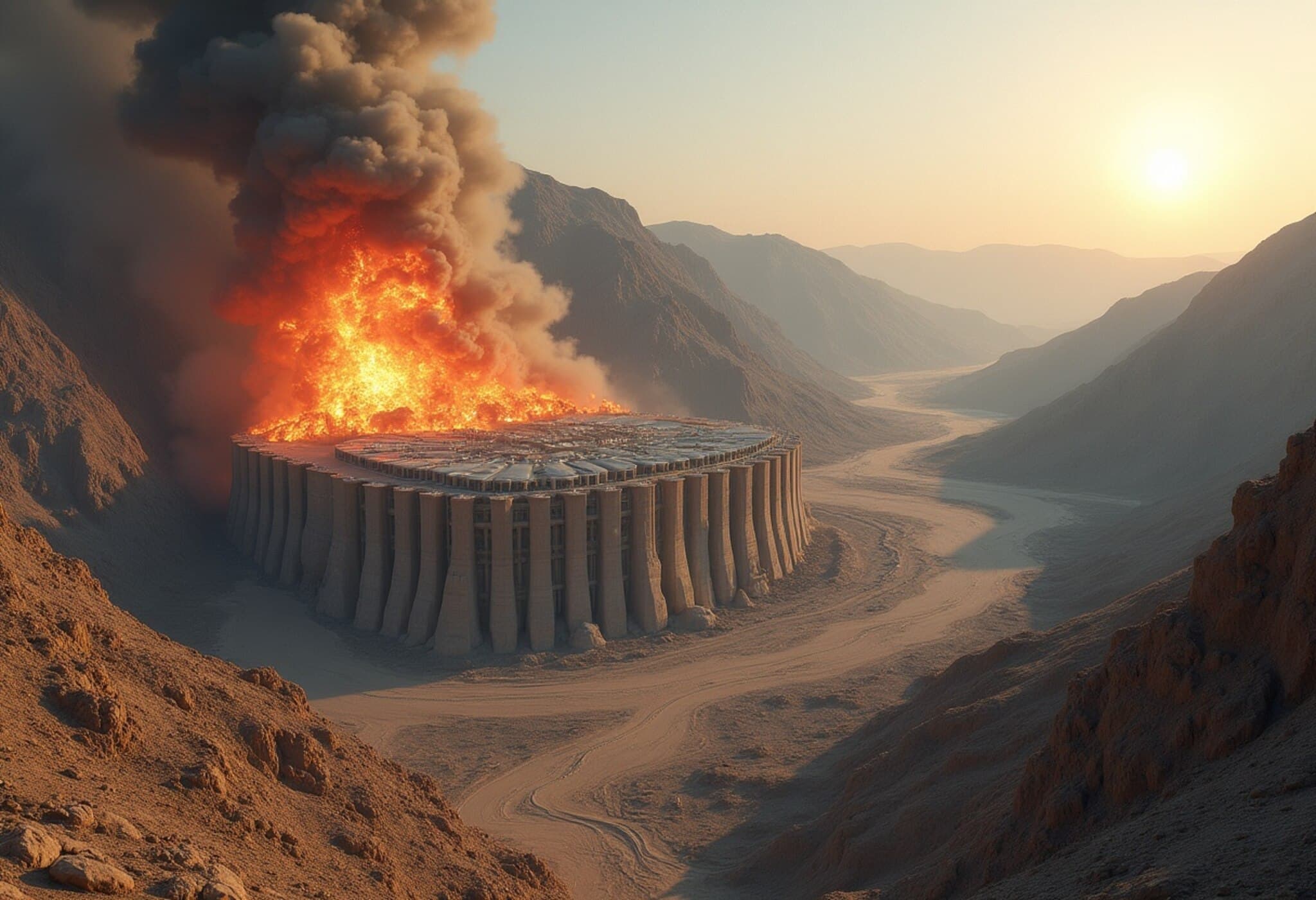The Shadow Behind Iran’s Nuclear Ambitions
Mohsen Fakhrizadeh was a figure cloaked in secrecy, known only within classified circles as the enigmatic architect behind Iran’s covert nuclear weapons program dubbed "Project Amad" in the early 2000s. Despite his pivotal role, he carefully avoided public attention—no speeches, interviews, or photographs—earning him a reputation as Iran’s invisible nuclear mastermind.
From Classified Files to a High-Profile Target
For years, Fakhrizadeh remained largely unknown outside intelligence communities, yet his influence was unmistakable. Western agencies and Israeli officials regarded him as the driving force behind Iran’s nuclear weapons development. So sensitive was his identity that even during the 2015 Iran nuclear deal discussions, his name was left unmentioned. However, his shadow loomed large, and in 2018, during a dramatic revelation of seized Iranian nuclear documents, his name was publicly highlighted as a figure to watch.
The Deadly Ambush: How a Parked Truck Ended a Nuclear Career
On November 27, 2020, Fakhrizadeh was traveling with his wife and security detail near their residence in Absard, east of Tehran. The convoy followed a routine route when a seemingly abandoned pickup truck waiting by the roadside concealed an astonishingly sophisticated weapon: a 7.62 mm FN MAG machine gun rigged with facial recognition technology, satellite links, and explosives—operated remotely with no agents on site.
As the convoy decelerated near a speed bump, a dog’s unexpected crossing coincidentally triggered the weapon. Bursts of bullets erupted, striking Fakhrizadeh’s vehicle and causing it to stop abruptly. Despite taking cover momentarily, he was hit multiple times, including fatal shots to his spine. Remarkably, his wife and bodyguards emerged unscathed.
The entire assassination unfolded in under one minute. Following the shooting, the truck exploded, designed to erase evidence. Although the explosion partially failed, revealing remnants of the automated weapon, the mission’s precision and innovation stunned Iranian authorities. This marked one of the first uses of a robotic sniper for a targeted killing.
Unraveling the Mossad Signature
While Israel has never officially confirmed its role, the operation bore the hallmark of the Mossad, Israel’s intelligence service. Former officials hinted at their involvement, citing Fakhrizadeh as a legitimate threat. Intelligence reports disclosed that Mossad operatives had closely monitored Fakhrizadeh for months, smuggling and assembling the weapon discreetly within Iran.
Brigadier General Ali Fadavi of Iran’s Revolutionary Guards underscored the weapon’s pinpoint accuracy—it targeted Fakhrizadeh alone, leaving others unharmed, showcasing unprecedented technological precision. The killing not only weakened Iran’s nuclear leadership but also intensified geopolitical tensions, putting diplomatic negotiations on hold and fueling hardline stances within Tehran.
Aftermath and Geopolitical Ripples
The assassination of Fakhrizadeh significantly reshaped Iran’s nuclear landscape. The regime accelerated uranium enrichment efforts, and negotiations with global powers deteriorated. Within Iran, this event galvanized hardliners who seized the opportunity to tighten their grip on power. Meanwhile, the global community watched closely, recognizing that Tehran’s nuclear ambitions had entered a more volatile phase.


